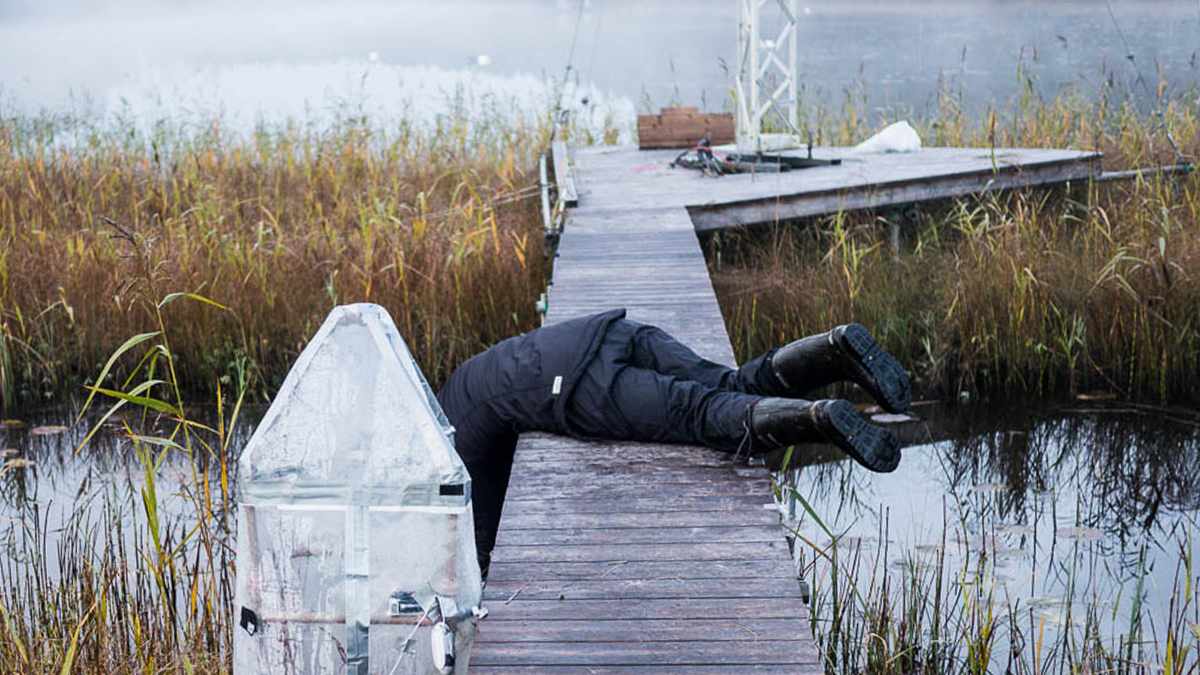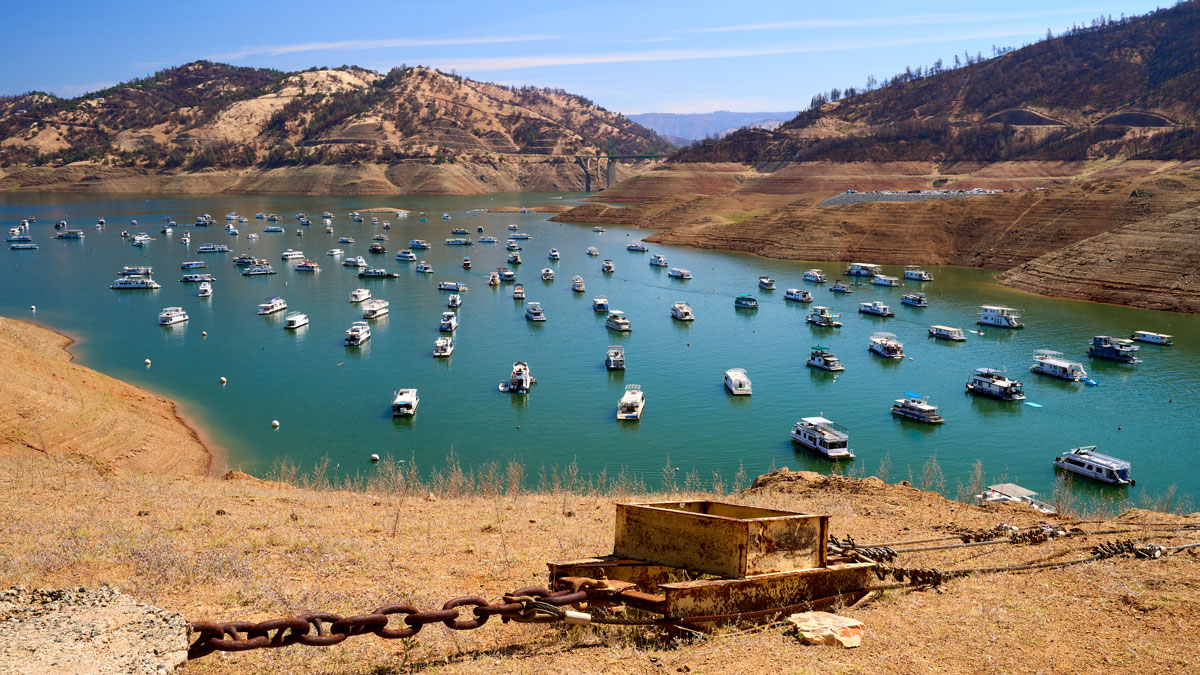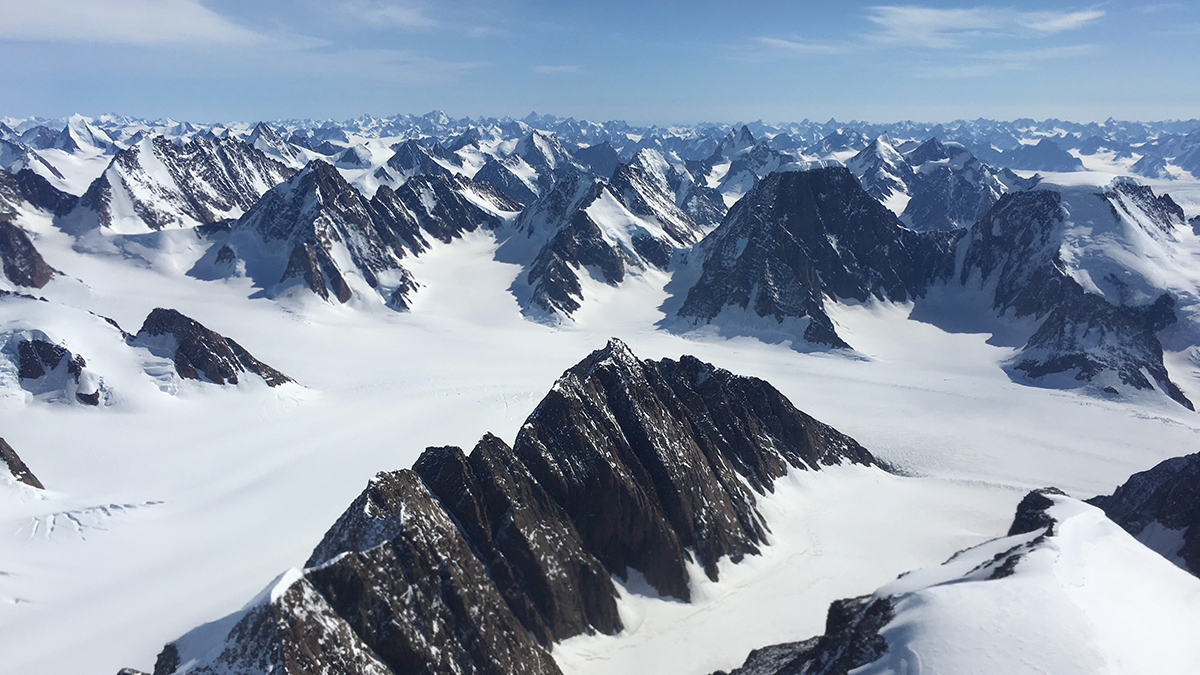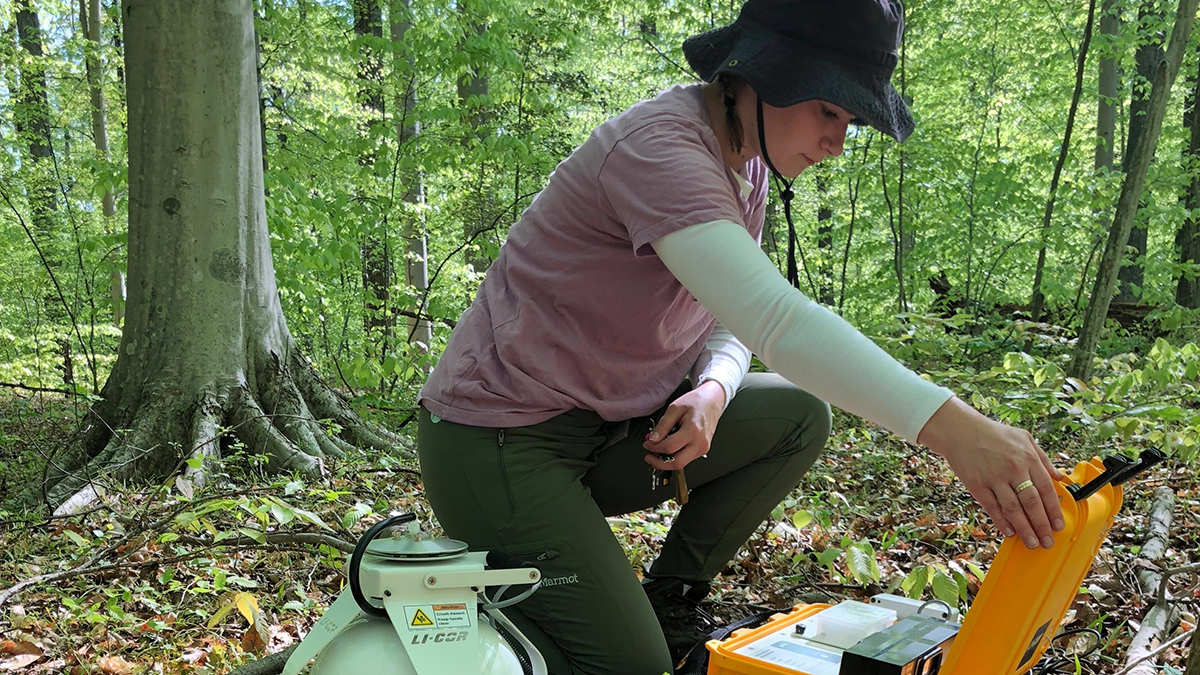A survey of experts revealed that uncertainty in estimates of global methane levels stems largely from data on fresh water, vegetation, and coastal areas.
Aaron Sidder
Aaron Sidder is a freelance writer based out of Denver, Colo. He has a master’s degree in ecology from Colorado State University. Aaron was an AGU-sponsored AAAS Mass Media Science & Engineering Fellow at National Geographic in 2016, and he has been writing for Eos ever since. In addition to Eos and National Geographic, he has written for National Geographic Kids Magazine, Smithosonian Smart News, 5280 Magazine, and the Santa Fe Institute. In his free time, he cultivates an extensive—and growing—collection of field guides from around the country.
Expecting the Unexpected Could Help Us Prepare for Climate Extremes
A new paper argues that too little consideration of high-impact, low-likelihood events has left us unprepared for the worst of climate change.
When Extreme Drought Becomes Commonplace
As drought becomes a more regular occurrence, a new study looks at the U.S. Drought Monitor, the nation’s preeminent drought classifier, to see how it has reflected climate change since 2000.
Beneath the Ice: Greenland’s Geology Revealed in New Map
Advances in remote sensing offered an opportunity to redraw Greenland’s geologic map for the first time in 15 years.
Warming Experiment Explores Consequences of Diminished Snow
The SPRUCE ecosystem in northern Minnesota offered a setting to research exactly how a snowy environment responds to rising temperatures.
Manila Confronts Its Plastic Problem
The Philippine capital is the latest city to address rampant plastic pollution through a community-guided protocol.
Measuring and Modeling Methane Emissions in Wetlands
Scientists zero in on a Delaware salt marsh to study what shapes methane emissions in wetland environments.
Our Breathing Earth: A Review of Soil Respiration Science
A new synopsis details how the past 20 years have changed our understanding of soil respiration and revealed its critical effects on the climate system.
Plate Boundaries May Experience Higher Temperature and Stress Than We Thought
Surface heat flux data shed light on conditions deep below Earth’s surface, at a tectonic plate interface where major earthquakes initiate.










